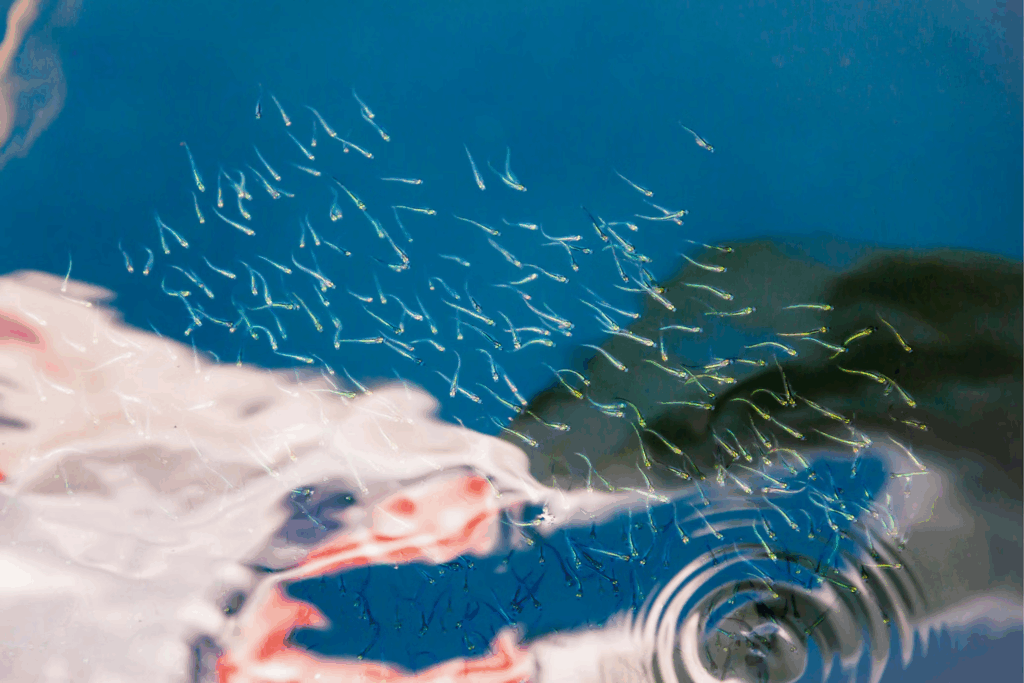Plastic in Our Bodies: Alarming Study Finds Microplastics in Human Reproductive Fluids
For decades, the conversation around plastic pollution has centered on oceans, wildlife, and overflowing landfills. But a chilling new discovery suggests the real battleground may be far closer—and far more personal.
Scientists have now found microplastics embedded in the very fluids responsible for human reproduction, raising urgent questions about how deeply plastic has infiltrated not only our environment, but our biology.

Reproductive Fluids Contaminated: The Stark Findings
In a landmark study, researchers examined semen from 22 men and follicular fluid from 29 women—the essential biological mediums for sperm and egg development. What they discovered was unnerving: 69% of women and 55% of men had microplastics in these fluids, a finding that could have serious implications for fertility.
The study was led by Dr. Emilio Gómez-Sánchez of the University of Murcia, who described the results as both “unexpected and deeply concerning.”
“We’ve previously found microplastics in lungs, blood, and even breast milk,” Dr. Gómez-Sánchez said. “But this is the first time we’ve seen them so prevalent in fluids critical to human reproduction.”
Among the plastic types detected were remnants of polystyrene, polyethylene, and PTFE (the compound used in non-stick cookware), as well as fibers from synthetic clothing and insulation materials—suggesting that microplastics from daily life are finding their way into the most intimate corners of our physiology.
What Does This Mean for Fertility?
While the study did not directly assess fertility outcomes, researchers are alarmed by what this could mean. In animal studies, microplastics have been linked to inflammation, hormonal disruption, DNA fragmentation, and premature cell aging—all red flags when it comes to reproductive health.
“We’re not claiming microplastics are causing infertility,” Dr. Gómez-Sánchez clarified. “But we’re saying: the fact that they are even present here is a major red flag.”
The findings were presented at the European Society of Human Reproduction and Embryology (ESHRE) conference and published in the journal Human Reproduction, adding credibility to what some are calling one of the most important environmental health revelations in recent years.
How Are Microplastics Getting Into Our Bodies?
According to the researchers, microplastics likely enter the human body through inhalation, ingestion, and skin contact. Once inside, they can circulate via the bloodstream, lodging in various organs—including those related to reproduction.
From plastic-packaged food and non-stick pans, to synthetic fabrics and airborne fibers, the sources are virtually unavoidable.
“This is no longer about what we throw away—it’s about what we carry within,” one researcher commented.
A Divided Scientific Community
Not everyone is sounding the alarm just yet. Some experts caution that the study’s methodology must be scrutinized. Dr. Stephanie Wright, an environmental toxicologist at Imperial College London, warned that contamination during sample collection is a real concern.
“Microplastics are everywhere—even in the lab,” she said. “Detecting them doesn’t automatically mean they’re affecting biological function.”
Others, however, believe the findings demand immediate follow-up. Dr. Fay Couceiro, head of the Microplastics Research Group at the University of Portsmouth, noted the coincidence between rising plastic exposure and global fertility declines.
“We’re not saying microplastics are the cause—but when they’re showing up in places this sensitive, we’d be foolish not to investigate further,” Couceiro said.
Previous Alarms That Went Unheeded
This isn’t the first time plastic has shown up where it shouldn’t. In recent years, researchers have identified microplastics in human blood, lungs, placentas, and even brain tissue. Yet, regulatory response has lagged, and public awareness remains low.
Tea bags, baby bottles, chopping boards, and tap water have all been found to shed microplastics under everyday use. And now, with reproductive fluids added to the list, the urgency to understand the biological implications has reached a new peak.
Conclusion: Fertility Under Siege?
This discovery may mark a turning point in our understanding of plastic’s invisible reach. The presence of microplastics in seminal and follicular fluid is more than a scientific curiosity—it’s a potential warning that our reproductive systems are under environmental assault.
Though scientists stress that the impact on fertility is still unclear, the growing accumulation of evidence is hard to ignore. In a world drowning in synthetic material, the question may no longer be if plastics are harming us—but how deeply and irreversibly.
As more research unfolds, one thing is clear: protecting the planet from plastic pollution may now be synonymous with protecting ourselves—from the inside out.
